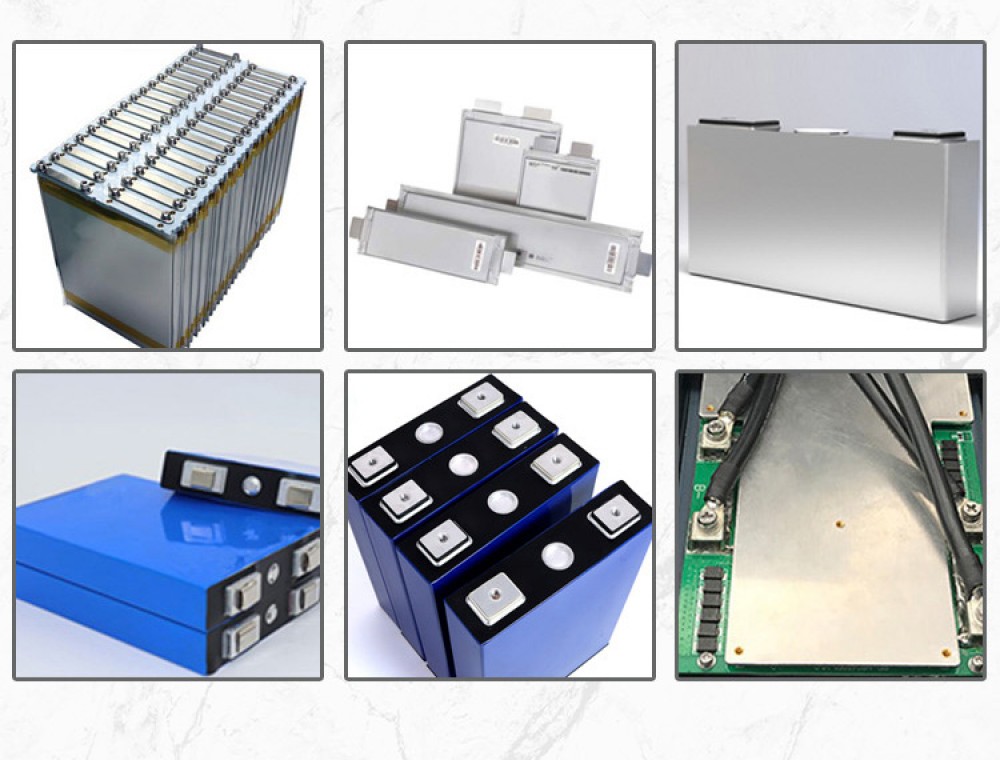Now, people who buy new energy vehicles objectively have to choose between the two technologies of lithium iron phosphate battery and ternary lithium battery. Industry insiders tell us: the choice of ternary system that emphasizes endurance and lightweight vehicles, Select the lithium iron phosphate series that emphasizes safety. In this regard, consumers eagerly hope that people in the industry can give a practical answer from a technical point of view: Are lithium iron phosphate batteries safe? This question should be answered from three aspects: material/structure stability, production process, and charge and discharge characteristics.

1. Lithium iron phosphate is currently the safest cathode material for lithium-ion batteries. It does not contain any heavy metal elements harmful to the human body. It is difficult for oxygen to precipitate in its olivine structure, which improves the stability of the material.
2. The production process of lithium iron phosphate batteries is roughly the same as that of other lithium batteries. Its core processes are: batching, coating, rolling, sheeting, and winding. In the batching process, the conductivity of lithium iron phosphate materials is relatively poor, so the particles are generally made smaller. The objective effect of this is: the internal arrangement is more uniform, which promotes the formation of a balanced voltage platform, which can be maintained during work The state of the battery is stable.
3. Charging and discharging are the two basic working conditions of lithium batteries. When the lithium iron phosphate battery is charged and discharged, because the iron ion has a weak oxidation capacity and will not release oxygen, it is naturally difficult to undergo a redox reaction with the electrolyte, which makes the charging and discharging process of the lithium iron phosphate battery in a safe environment. Not only that, it is difficult for lithium iron phosphate batteries to undergo violent oxidation-reduction reactions during high-rate discharge, even during overcharge and discharge. At the same time, after lithium is deintercalated, the crystal lattice change will reduce the final volume of the unit cell (the smallest constituent unit of the crystal), which just offsets the increase in the volume of the carbon negative electrode during the reaction. Therefore, the lithium iron phosphate battery is charged and discharged. It can maintain the stability of the physical structure and eliminate the hidden danger of battery explosion caused by the increase in volume.
The battery safety mentioned above is explained by using a single cell as an example for convenience. When put into use, the lithium iron phosphate battery needs to provide the rated voltage and capacity suitable for electrical appliances. At this time, lithium iron phosphate is required. Battery pack work, that is, single lithium iron phosphate batteries are equipped into practical lithium battery packs through series/parallel/series-parallel methods. The most important thing to pay attention to in this kind of grouping work is the consistency of the individual cells. Usually, it also has a balance management system to ensure the safety of lithium batteries through key parameter control, which is a common feature of all types of lithium battery packs